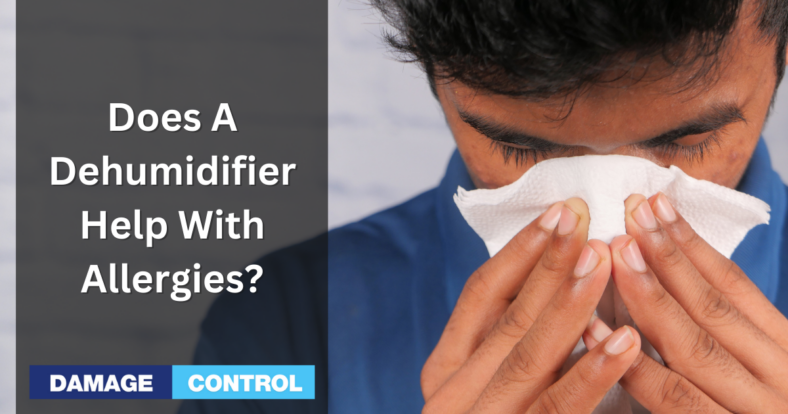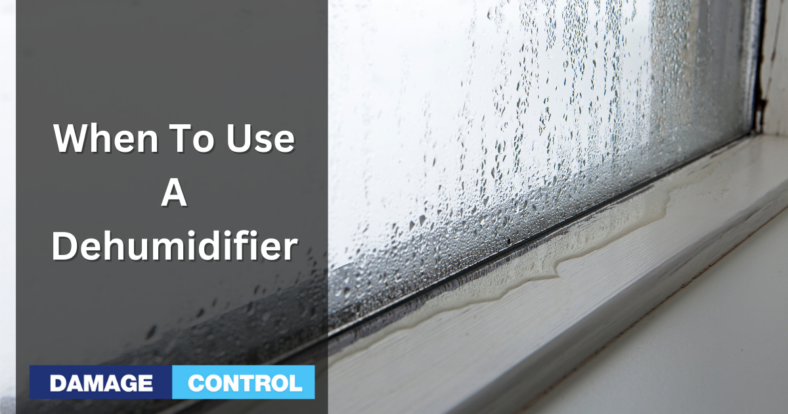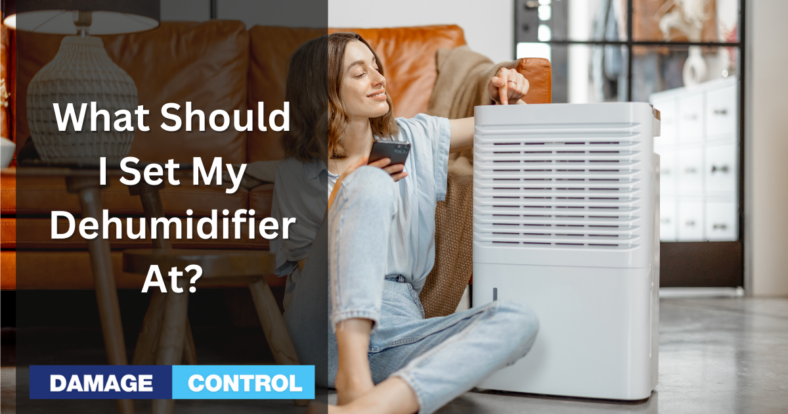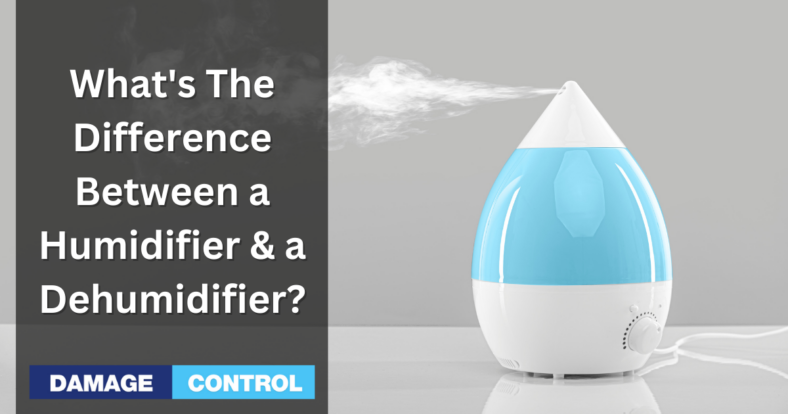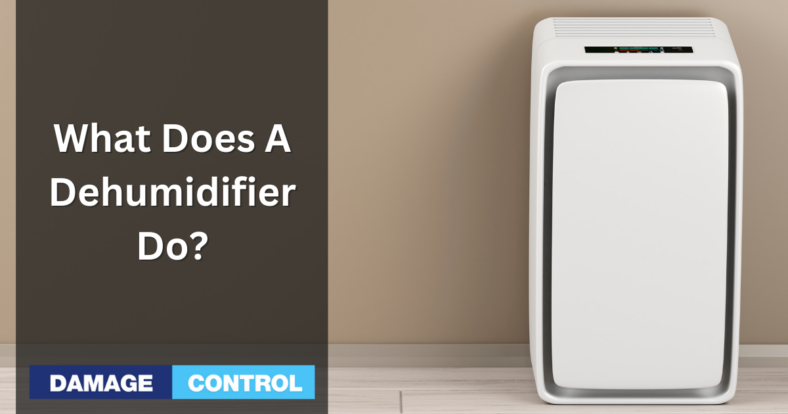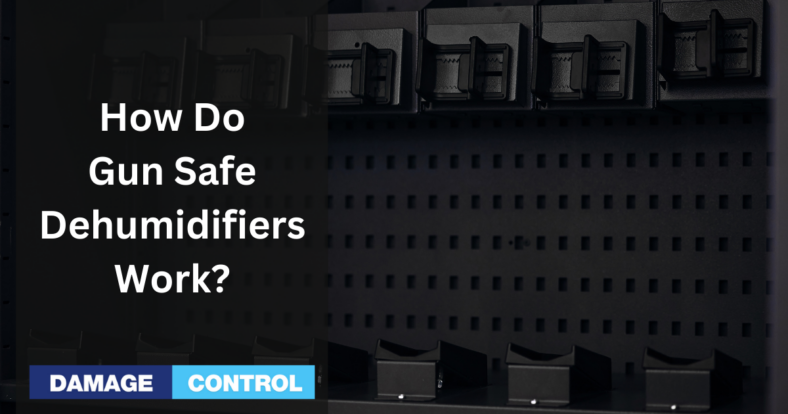A dehumidifier can help with allergies by reducing humidity levels, which in turn decreases the prevalence of allergens like dust mites and mold. These allergens thrive in moist environments, so maintaining a drier atmosphere makes the space less hospitable for them.
While a dehumidifier is not a cure-all for allergies, it can be an effective part of an overall strategy to reduce allergen exposure in your home. For best results, use the dehumidifier in conjunction with regular cleaning and air filtration.

